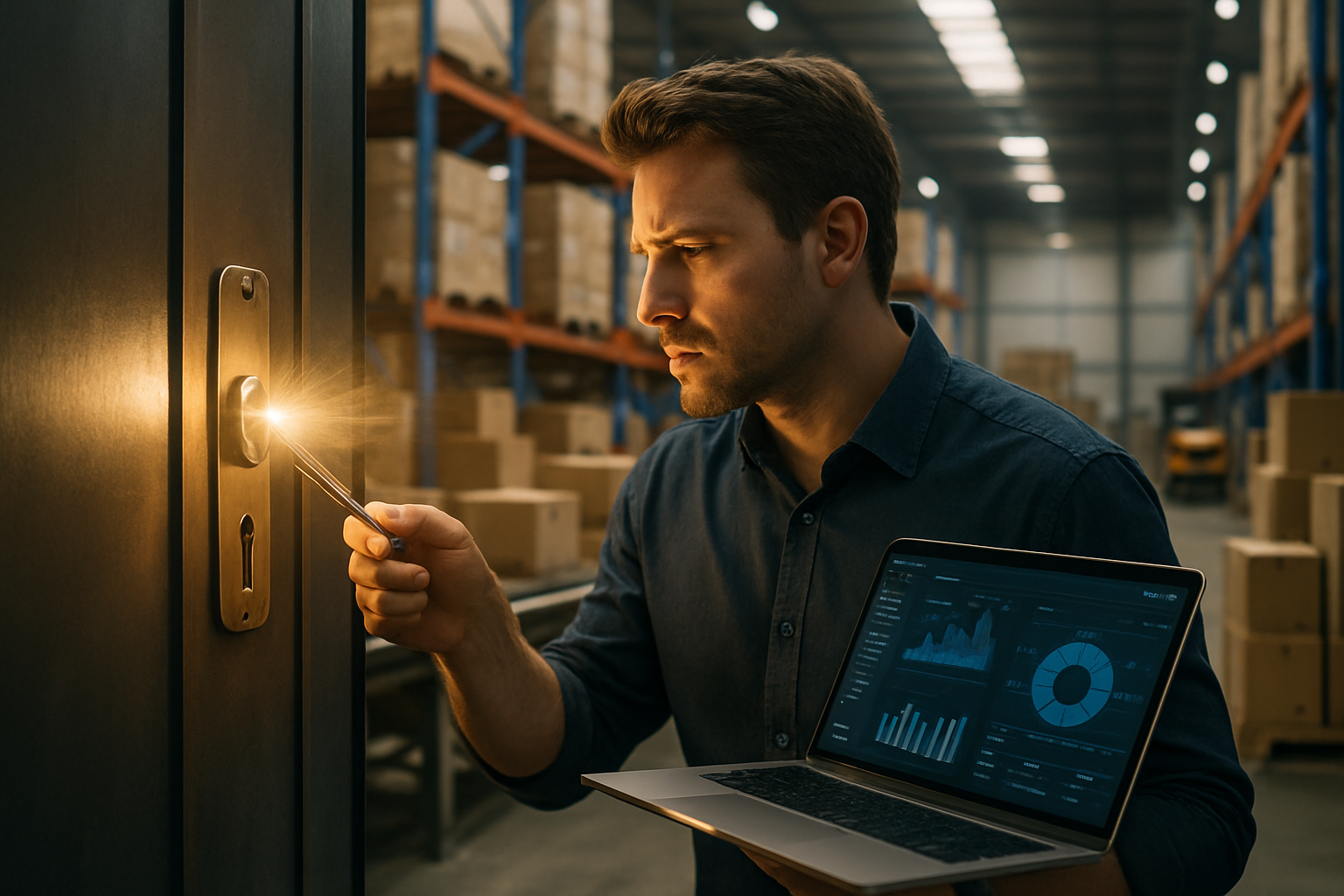Optimizing Reverse Logistics: Turning Returns into Revenue
Reverse logistics, the process of managing product returns and recapturing value, is rapidly evolving from a cost center to a strategic advantage. As e-commerce growth continues to outpace traditional retail, businesses are recognizing the potential of efficient return processes to enhance customer satisfaction, reduce waste, and unlock new revenue streams.

The Rising Importance of Reverse Logistics
Reverse logistics has long been viewed as a necessary evil in the business world, often relegated to the back burner of operational priorities. However, the explosive growth of e-commerce, coupled with changing consumer behaviors, has thrust this once-overlooked aspect of supply chain management into the spotlight. Today, efficient reverse logistics is not just about managing returns; it’s about creating value, enhancing customer loyalty, and driving sustainable business practices.
The statistics paint a compelling picture: according to recent industry reports, return rates for e-commerce purchases can range from 15% to 40%, depending on the product category. This translates to billions of dollars in returned merchandise annually, presenting both a challenge and an opportunity for businesses across sectors.
Technology’s Role in Revolutionizing Returns
Advancements in technology are playing a pivotal role in transforming reverse logistics from a burden into a strategic asset. Machine learning algorithms are being employed to predict return patterns, allowing companies to optimize inventory management and reduce associated costs. These predictive models can analyze vast amounts of data, including purchase history, product attributes, and seasonal trends, to forecast return rates with increasing accuracy.
Moreover, automated sorting systems equipped with computer vision technology are streamlining the return process. These systems can quickly assess the condition of returned items, categorizing them for resale, refurbishment, or recycling. This not only speeds up the return process but also maximizes the recovery value of returned products.
Sustainable Practices and the Circular Economy
Reverse logistics is increasingly being viewed through the lens of sustainability and the circular economy. Forward-thinking companies are redesigning their products and packaging with recyclability and reusability in mind, facilitating easier returns and refurbishment. This approach not only reduces waste but also opens up new revenue streams through the resale of refurbished items.
Some innovative businesses are even turning their reverse logistics operations into standalone profit centers. By offering return and refurbishment services to other companies, they’re leveraging their expertise to create new business models. This shift represents a fundamental change in how organizations view returns – from a cost to be minimized to an opportunity to be maximized.
Customer-Centric Return Policies
In the age of customer experience, return policies have become a key differentiator for businesses. Companies are increasingly offering hassle-free returns, including free shipping and extended return windows, as a way to build customer trust and loyalty. However, this customer-centric approach must be balanced with operational efficiency to remain profitable.
Some retailers are experimenting with innovative return methods, such as “boxless” returns at physical locations or partnerships with third-party drop-off points. These strategies aim to reduce shipping costs and processing time while providing customers with convenient options. The key is to find the right balance between customer satisfaction and operational efficiency.
Data Analytics and Continuous Improvement
The wealth of data generated through reverse logistics processes offers invaluable insights for businesses. By analyzing return reasons, product defect rates, and customer feedback, companies can identify areas for improvement in product design, manufacturing processes, and even marketing strategies.
This data-driven approach enables continuous improvement across the entire product lifecycle. For instance, if a particular product consistently receives negative feedback or high return rates, companies can investigate the root causes and make necessary adjustments. This not only reduces future returns but also enhances overall product quality and customer satisfaction.
Actionable Strategies for Optimizing Reverse Logistics
• Implement predictive analytics to forecast return rates and optimize inventory management
• Invest in automated sorting systems to streamline the return process and maximize recovery value
• Design products and packaging with recyclability and reusability in mind
• Explore opportunities to offer return and refurbishment services as a new revenue stream
• Develop customer-centric return policies that balance convenience with operational efficiency
• Leverage return data to drive continuous improvement in product design and manufacturing processes
• Consider partnerships with third-party logistics providers specializing in reverse logistics
• Educate customers on proper product use and care to reduce unnecessary returns
• Implement a robust quality control process to minimize defective products reaching customers
• Explore innovative return methods, such as in-store returns for online purchases, to reduce shipping costs
As businesses continue to navigate the complexities of modern commerce, optimizing reverse logistics will remain a critical focus area. By viewing returns not as a necessary evil but as an opportunity for innovation and value creation, companies can turn this traditionally challenging aspect of operations into a powerful competitive advantage. The future of reverse logistics lies in embracing technology, sustainability, and customer-centricity – a strategy that promises to transform returns from a cost center into a driver of revenue and customer loyalty.





